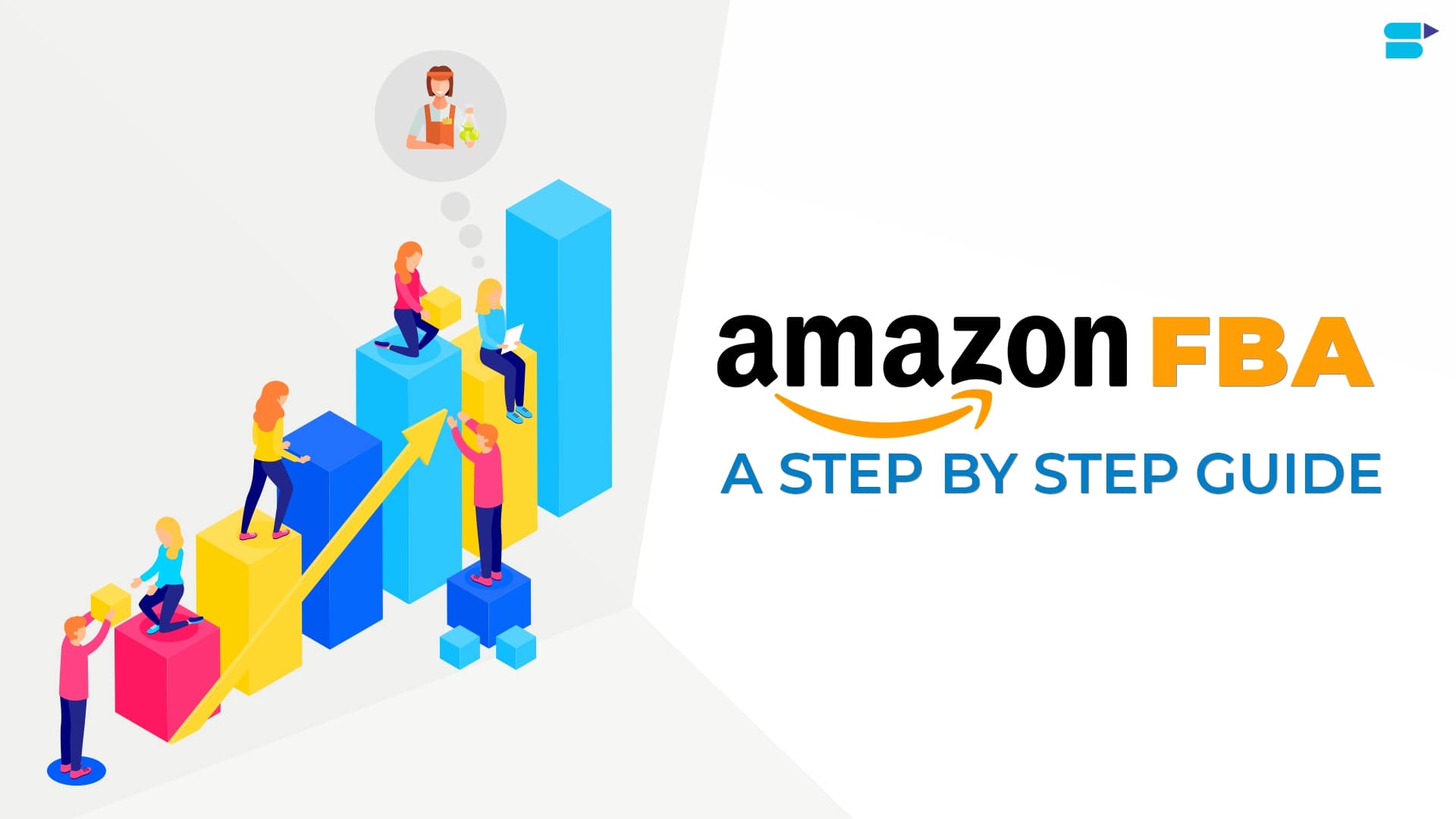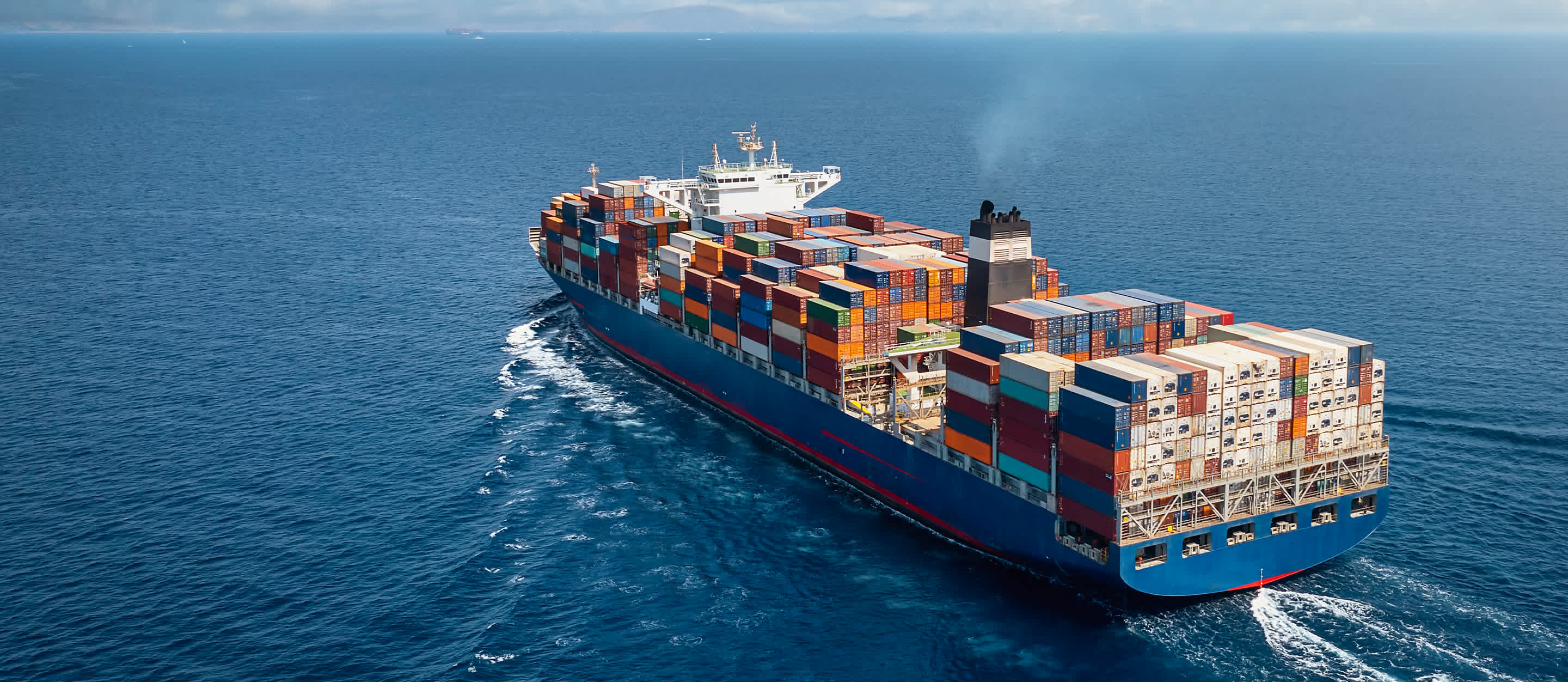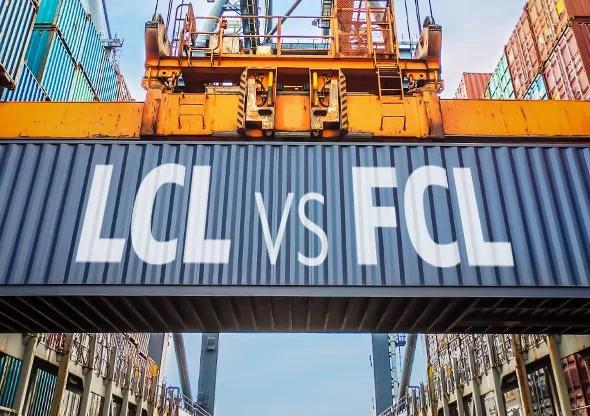Fulfillment by Amazon (FBA): A Comprehensive Guide in 2023
Fulfillment by Amazon (FBA) is a service designed to streamline business operations for Amazon sellers by handling the storage, packing, and shipping of products. When using FBA, sellers simply send their inventory to Amazon’s fulfillment centers, and Amazon takes care of the rest, from processing orders to customer service. If you're considering FBA for your business, this guide will walk you through how it works, its associated costs, benefits, challenges, and tips for maximizing its potential.

1. What is Fulfillment by Amazon (FBA)?
FBA allows sellers to store their products in Amazon's fulfillment centers. When a customer orders, Amazon picks, packs, and ships the product, and even manages customer service, including returns and refunds. This service enables sellers to focus more on other aspects of their business, such as marketing and product selection, while leveraging Amazon’s extensive logistics network to fulfill orders efficiently.
2. How Does Fulfillment by Amazon Work in 2023?
The process involves several key steps for sellers:
- Set up an Amazon selling account and create product listings.
- Enroll products in FBA by selecting the fulfillment option.
- Prepare products according to Amazon’s labeling, packaging, and shipment requirements.
- Ship products to Amazon fulfillment centers.
- Amazon manages storage and fulfillment by picking, packing, and shipping products as orders come in.
- Customer receives the product, and Amazon handles returns and refunds.
3. How Does Fulfillment by Amazon Charge in 2023?
FBA costs are divided into several categories:
- Monthly Storage Fees: These depend on product size and weight, with higher fees during peak months (October–December).
- Fulfillment Fees: Charged per item based on size and weight, varying by product category.
- Referral Fees: Amazon charges a percentage (15-18%) of each sale depending on the product category.
- Additional Fees: These can include long-term storage fees, unplanned service fees, and storage utilization surcharges.
Example Fulfillment Fees (Non-apparel)
- Small Standard: Starting at $3.22 per unit (for items under 4 oz)
- Large Standard: Starting at $3.86 per unit (for items under 4 oz)
- Oversize: Prices start higher depending on size and weight.
4. How to Get Started With FBA as an Amazon Seller
To begin using FBA, follow these steps:
- Create an Amazon Seller Account.
- Enroll products in FBA via the "Offer" tab or convert existing listings through "Manage Inventory."
- Ensure products meet Amazon’s packaging and labeling guidelines.
- Ship products to Amazon using either small parcel delivery or palletized shipping.
- Track your shipments using Amazon’s tracking system.
5. Pros of Using Amazon FBA
- Streamlined Logistics: Amazon handles all aspects of fulfillment, freeing you from warehousing and shipping concerns.
- No Need for Warehousing: Avoid upfront costs of renting or buying a warehouse.
- International Reach: FBA makes selling internationally easier, utilizing Amazon’s global fulfillment network.
- Prime Eligibility: FBA listings automatically qualify for Amazon Prime, attracting more customers.
- Customer Service: Amazon provides 24/7 customer support, handling inquiries and returns.
- Potential Cost Savings: Access to discounted shipping rates through Amazon's carrier partnerships.
6. Cons of Using Amazon FBA
- Prep and Packaging Requirements: FBA has strict packaging standards, which can be time-consuming for sellers.
- Limited Branding: Amazon’s packaging may diminish your ability to showcase your brand.
- Return Rates: Amazon’s generous return policy can lead to higher return rates.
- Costs: Storage and fulfillment fees can be high, particularly for oversized or slow-moving inventory.
- Commingling Risk: Products with the same barcode may be mixed with those from other sellers, potentially affecting quality control.
7. Is FBA Worth It for Growing Your Business?
Choosing FBA depends on factors such as your business size, product types, and long-term goals. For sellers who want to simplify logistics and focus on growing their business, FBA offers significant advantages. However, for those with alternative storage and fulfillment options, FBA may not be the most cost-effective choice, especially for large or slow-moving products.
8. Tips for Utilizing FBA Services More Efficiently
- Manage Inventory Smartly: Keep track of stock levels and replenish in time to avoid out-of-stock issues.
- Invest in Branding and Marketing: FBA handles fulfillment, but you still need to actively market and build your brand.
- Optimize Listings: Ensure your product listings are detailed, with attractive images and descriptions, to enhance visibility and sales.
- Use FBA Tools: Leverage Amazon’s warehouse locator and other FBA tools to streamline the process and save on shipping costs.
By leveraging Amazon's FBA services, sellers can scale their businesses with less operational burden, reaching more customers globally while maintaining a focus on business growth.









